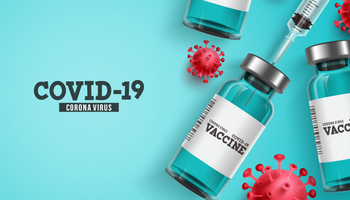Migraine
Migraine is a chronic condition that completely incapacitates sufferers. The recurring headache attacks are paired with other ailments such as dizziness, nausea, vomiting, sensitivity to light and sound. The moderate to severe pain increases with physical exertion. About 15% of migraine patients suffer from migraine with aura. In this case, neurological symptoms, mostly visual, occur, resulting in a spreading flickering scotoma in the field of vision. The aura usually occurs before the attack and can last 15 to 60 minutes.
The disease process and causes of migraine are not yet completely understood. Hereditary factors, hormonal balance and certain triggers such as panic, stress or weather conditions can be causative factors. The course of the attacks is divided into episodic and chronic courses. In a chronic course, the patient has headache attacks on more than 15 days per month and for more than three months. The headache attacks must also meet IHS classification criteria to be considered migraine. Often, chronic migraine is paired with depression or an anxiety disorder. However, these can also be facilitated by acute headache medication, so it should not be taken more frequently than 10 days per month. In typical migraine with unremarkable clinical findings, no further diagnosis is necessary.
Headache attacks are usually treated in primary care, so it is important that both treatment and prevention take place there. The therapy intends to reduce the frequency, duration and severity of migraine attacks. Medication is given with oral medication and with injections. For injections, CGPR-targeted monoclonal antibodies have been specifically developed. These have been shown to be effective and tolerable, but patients usually prefer oral therapy. For acute treatment, analgesics, antiemetics, and triptans are used for very severe migraine attacks. Beta-blockers, flunarizine, topiramate, and CGRP antibodies are prescribed as prophylaxis. However, due to lack of efficacy and/or intolerance, approximately 75% of patients discontinue such treatment. In addition to drug treatments, non-drug therapies are also used. These include regular endurance exercise, regular relaxation techniques, and a regular daily routine and lifestyle.
Atogepant
This oral agent has only recently been approved for use in the United States. Dosages vary and are determined by the treating physician. Atogepant has been studied in a Phase 2b/ 3 study and in a Phase 3 study (ADVANCE) in the context of migraine. Participants in the studies took the drug once daily, which significantly contributed to the reduction of average monthly migraine attacks. Atogepant was shown to be well tolerated with no safety concerns. The percentage of participants reporting treatment-related side effects was similar across groups, and the most commonly reported side effects were constipation and nausea, compared to 0.5% for constipation and 1.8% for nausea in the placebo group.







